New Delhi: The idea of the colourful Volkswagen as the quintessential Woodstock camper bus may be part of our collective imagination, but decades ago, India had its own desi version of the classic van.
The Bajaj Tempo Matador was launched in the 1960s and won hearts as a trusted vehicle that could be a family van, goods carrier, ambulance, police vehicle or even a school bus.

From ubiquitous to unviable
The word ‘tempo’ today instantly conjures up images of a dusty van or goods carrier but it was actually the trademarked term used to refer to the German automobile company Vidal & Sohn Tempo-Werke.
Famous for producing classics such as the Matador and Hanseat, Tempo joined forces with the Indian company Bajaj Tempo Motors (which later became Force Motors) to produce Indian editions of its classic vans. The Bajaj Tempo Viking was launched in India in 1964, and Bajaj Tempo Matador in 1969.
Pune residents of a certain generation remember this vividly.


“It is important to remember that the Matador and the Viking were made by Bajaj Tempo, which had its headquarters in Pune,” Karl Bhote, a Pune-based automobile enthusiast tells The Print. “So, naturally, it was popular in the city of its origin, similar to the Fiat in Bombay and the Ambassador in Calcutta.”
The lightweight diesel-powered Matador was a newer model of the petrol-driven Viking. The only noticeable physical difference between the two was the Viking’s two round headlights in the front versus the Matador’s square ones that were accompanied by metal ‘F’ on its grill. Both were used widely as private and commercial vehicles.
Goa native Rashmin Vijay Phadte, who now runs a vintage Indian automobile Instagram page called @carsamachar, recalls, “I have been connected with Matador vans since my childhood, as it was part of my primary school van fleet. I used to eagerly wait for my school van, which accommodated almost 20 of us. The van was divided into sections using seat partitions and it was fun fighting for the window seat!”
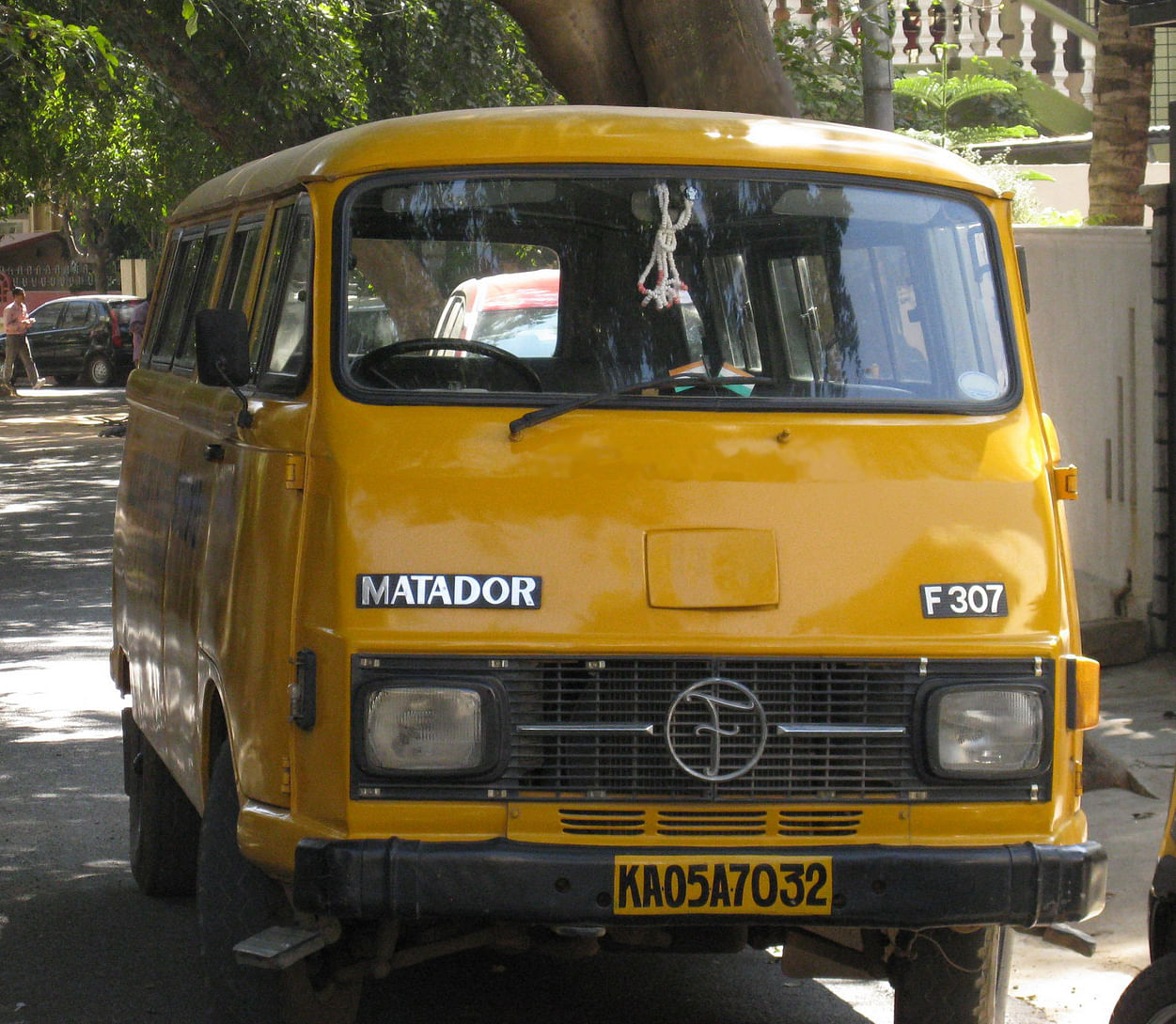
But the popular vehicles were eventually phased out of production — the Viking in the 1970s and the Matador in the new millennium. According to Bhote, the end of the Viking could be attributed to the fact that most petrol-based commercial vehicles were becoming unviable with rising fuel costs, while “the Matador was phased out in the early 2000s, by which time it was almost 50 years old”.
“Its archaic age-old designs couldn’t keep up with the new Japanese models that entered the market,” Bhote says. He feels that the Matador’s run would have also ended soon enough anyway due to emission-related concerns.
A vintage collectable
The few Matadors and Vikings that still exist today have gained an ardent fanbase in the vintage and classic automobile collectors’ community.
Pune-based Dhananjay Badamikar, a vintage car collector and businessman, recently bought a Matador that used to be a school bus.
“In the last six or seven years, the popularity of Matadors and Vikings in the community has risen,” he says. “Earlier there were some Volkswagen vans available. But now, all the vehicles have been collected and there is not a single Volkswagen van available in the market. I have one, and people are after my life to sell it.”
Much of Badamikar’s childhood was spent sitting in the passenger seat of his father’s Viking, the vehicle that was central to their transport business. Later, sensing that Matadors and Vikings would soon vanish from the market, he jumped at the opportunity to add one to his growing collection of almost 70 classic vehicles.
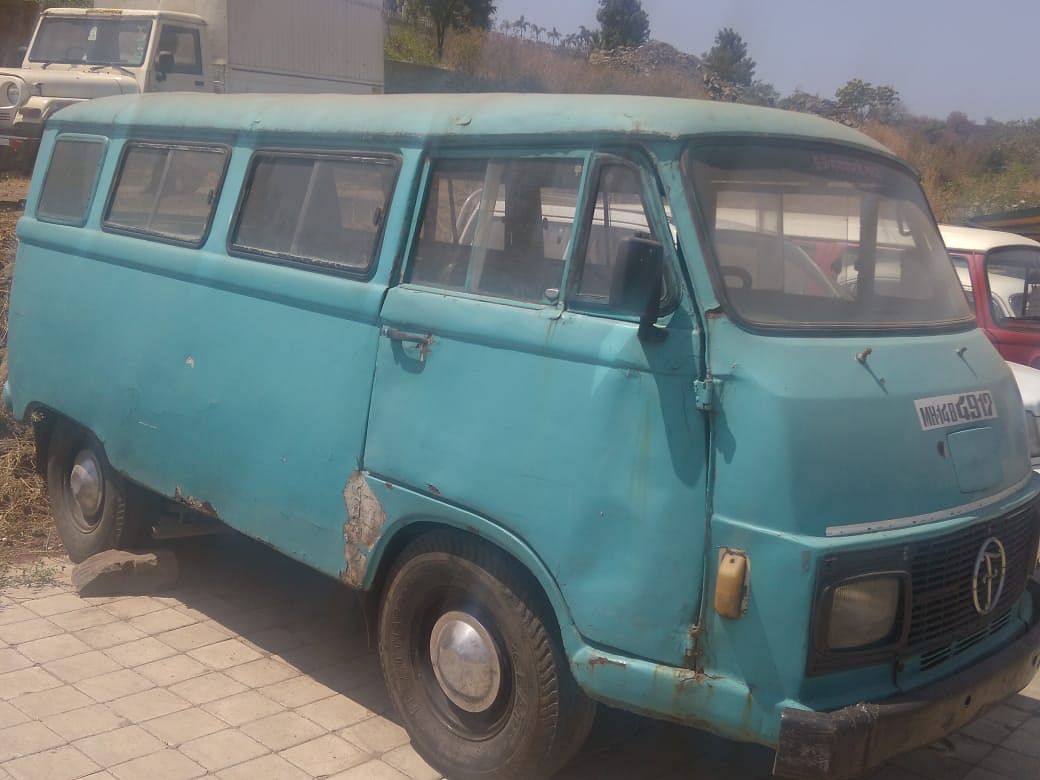
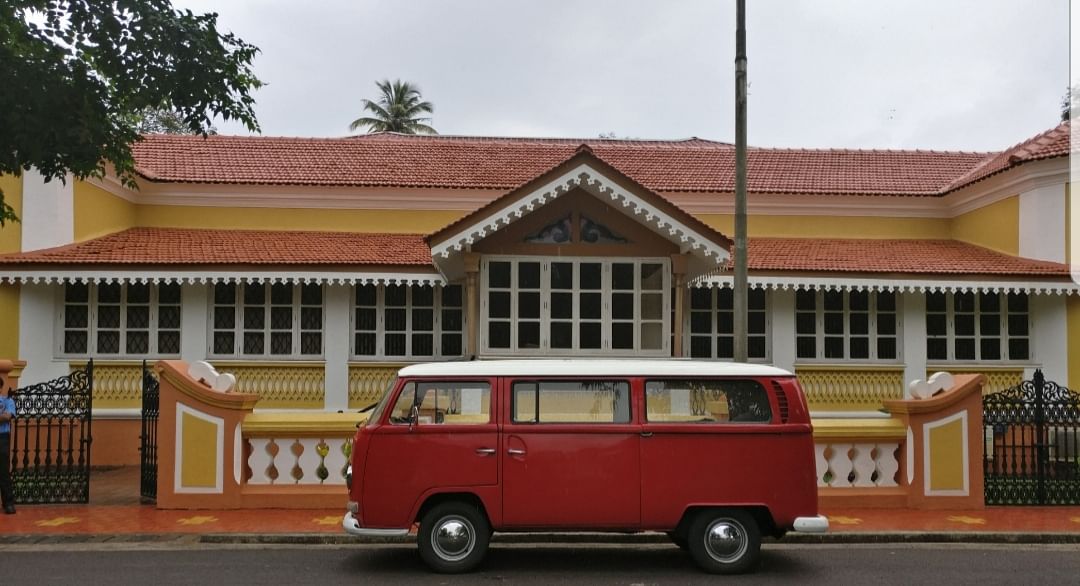
“Today, a non-restored Matador can cost between Rs 1 and Rs 1.5 lakh, whereas a restored van could fetch up to Rs 4 lakh,” said Badamikar. The value of a Volkswagen van in India today could go up to almost Rs 25 lakh, and Badamikar believes the Matador’s value, too, will soar as it becomes rarer.
As he gears up to begin its restoration, he hopes he can show it off at a vintage rally next year once it is in “immaculate condition”.
A pop culture favourite
The production of the Matador might have ended almost two decades ago, but its identity continues to evolve.
As an ode to the vehicle that sparked curiosity in their childhoods, six young boys from Wayanad, Kerala, decided to name their folk-rock band Matadoria. The six-person band was formed in 2010, but its members have known each other since they were in the 1st grade.
Speaking to ThePrint, 22-year-old Shiyaz Muhammed recounts the afternoons they spent hanging out after school in their friend Fanish’s outhouse, from where they had a clear view of his father’s Matador.
“Even though it was in a very bad state, it caught our attention immediately,” he says. “We started dreaming about owning a Matador ourselves, and knew we had to name our band after it.”
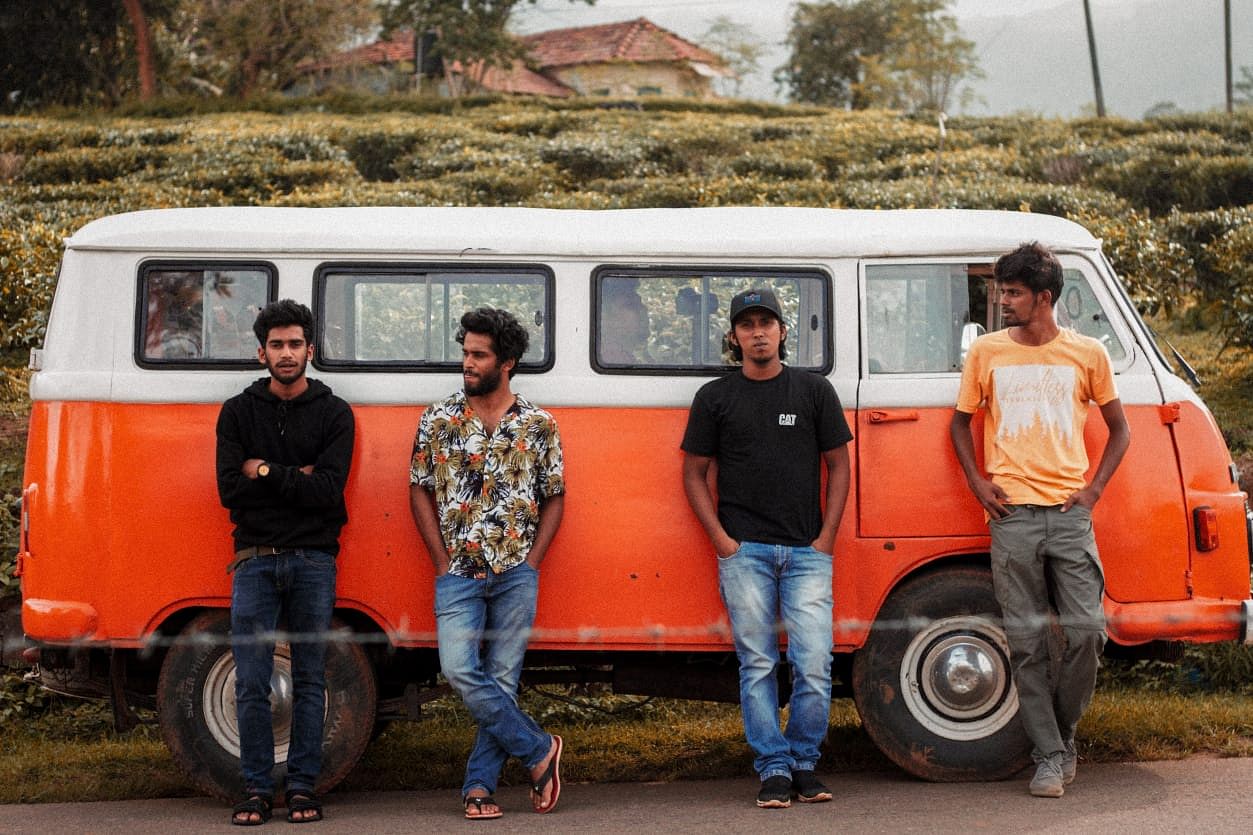

As their band gained momentum and they managed to save enough money from gigs, they finally bought their own Matador last year, from a garage in Hyderabad. The music video for their original composition Dhoore is centred around their new prized possession.
“The video is all about travel, all about dreams, colours and van life,” says Shiyas.
This liberal, travel-oriented ‘van life’ motivated another group, Droom Caravan, who in 2018 undertook a 100-day journey across the country in their newly bought and restored Matador.
For their Caravan Chronicles, the three travellers wanted a Matador instead of a newer vehicle because it “echoed the look at the feel of the 1960s era of the revolution of caravanning that was brought about by Volkswagen at the time”.
They finally settled on a 1996 model they found on automobile website Droom. With a dual-tone paint job that mimicked the classic Volkswagen and a thorough transformation of the interiors, the van was made comfortable to live in. Despite no power steering, hand brakes, or air conditioning, the group enjoyed the “raw”, freeing experience of travelling in it.
It has been a long tradition for Bollywood to feature the Matador in its movies. Many will remember the van’s presence in Khatta Meetha, the 1978 Basu Chatterjee directed flick which starred Rakesh Roshan and Pearl Padamsee.
More recently in the 2014 Bollywood film Margarita With A Straw, directed by Shonali Bose, a dusty blue Matador F307 featured prominently as the protagonist Leila’s family car. Leila, played by Kalki Koechlin, is a young woman with cerebral palsy and the Matador reliably facilitates the mobility of her and her family of four.
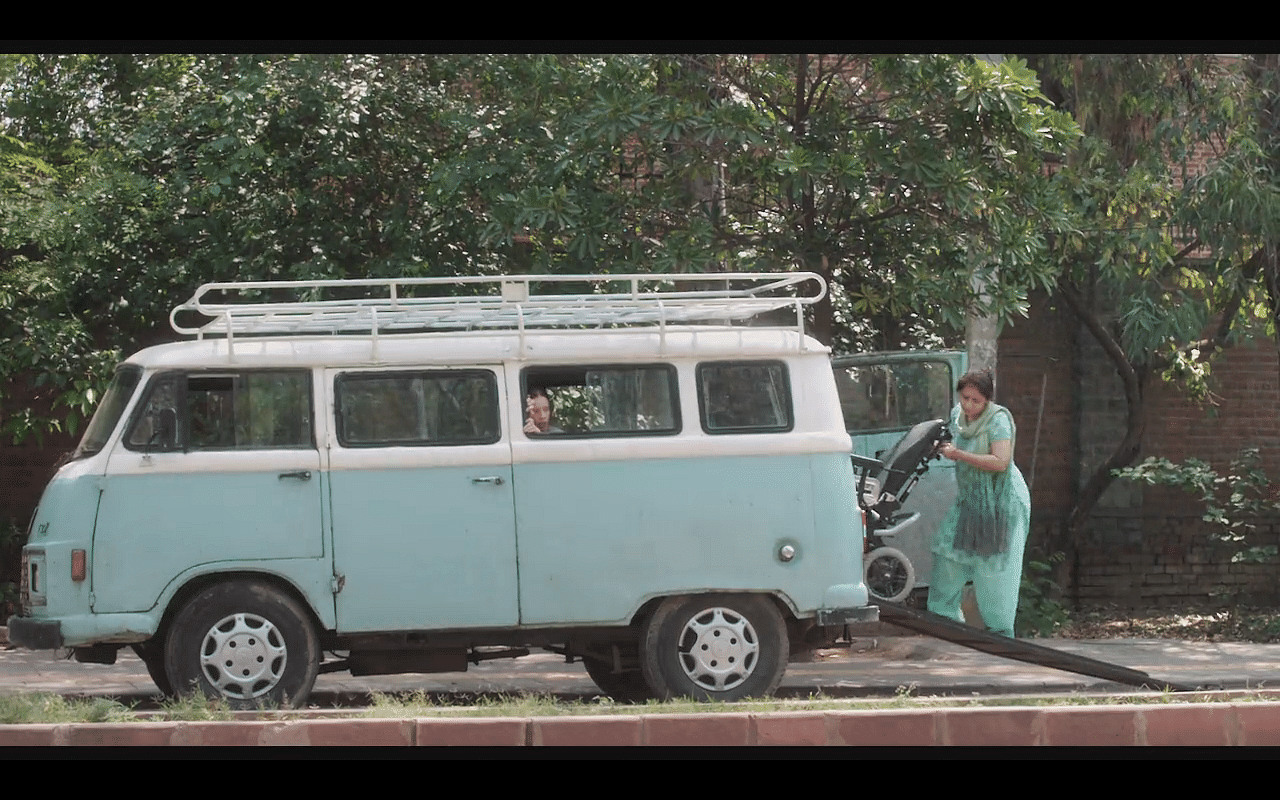
The 2018 film Mitron, starring Jackie Bhagnani as Jay and Kritika Kamra as Avni, features the Matador, too. The film follows the duo trying to realise Avni’s dream of being an entrepreneur as they convert an old Matador into a swanky new food truck.
From school van to screen star, the Bajaj Tempo Matador is being reinvented for ever-newer generations in ever-newer ways.
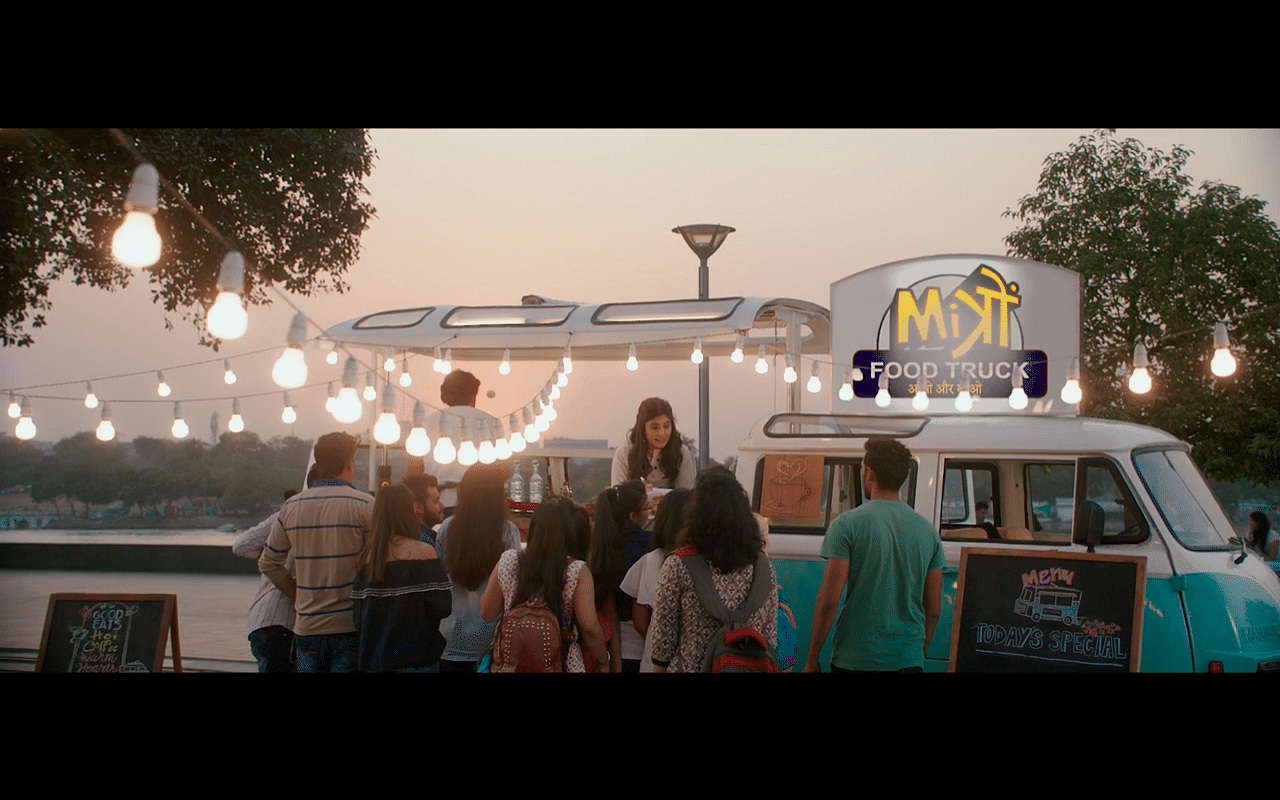


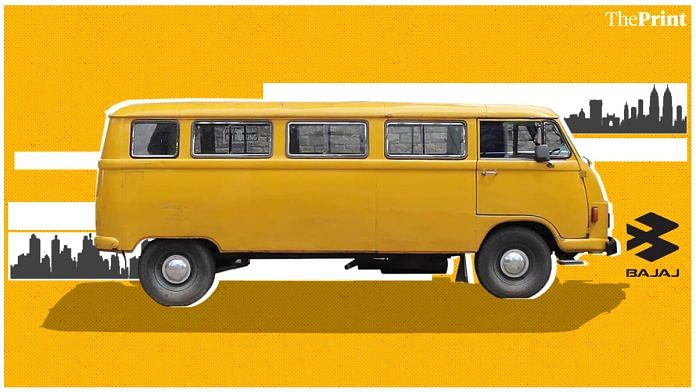

Please take down the main creative used for this article. It’s a photoshopped picture originally taken by me and I did not give permission to use it. I had sent your team an email regarding the same but to no avail.
Highly unprofessional for such a news publication.